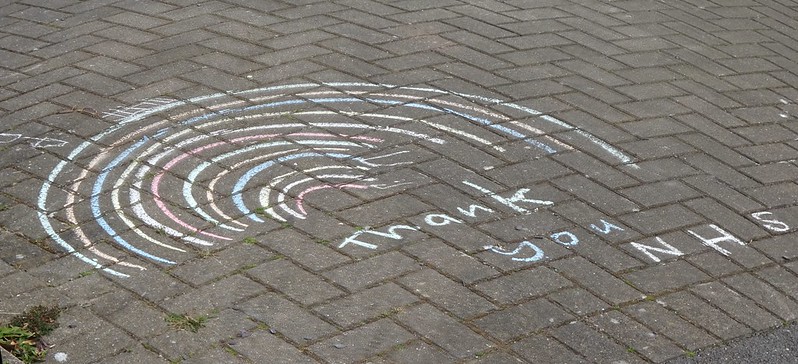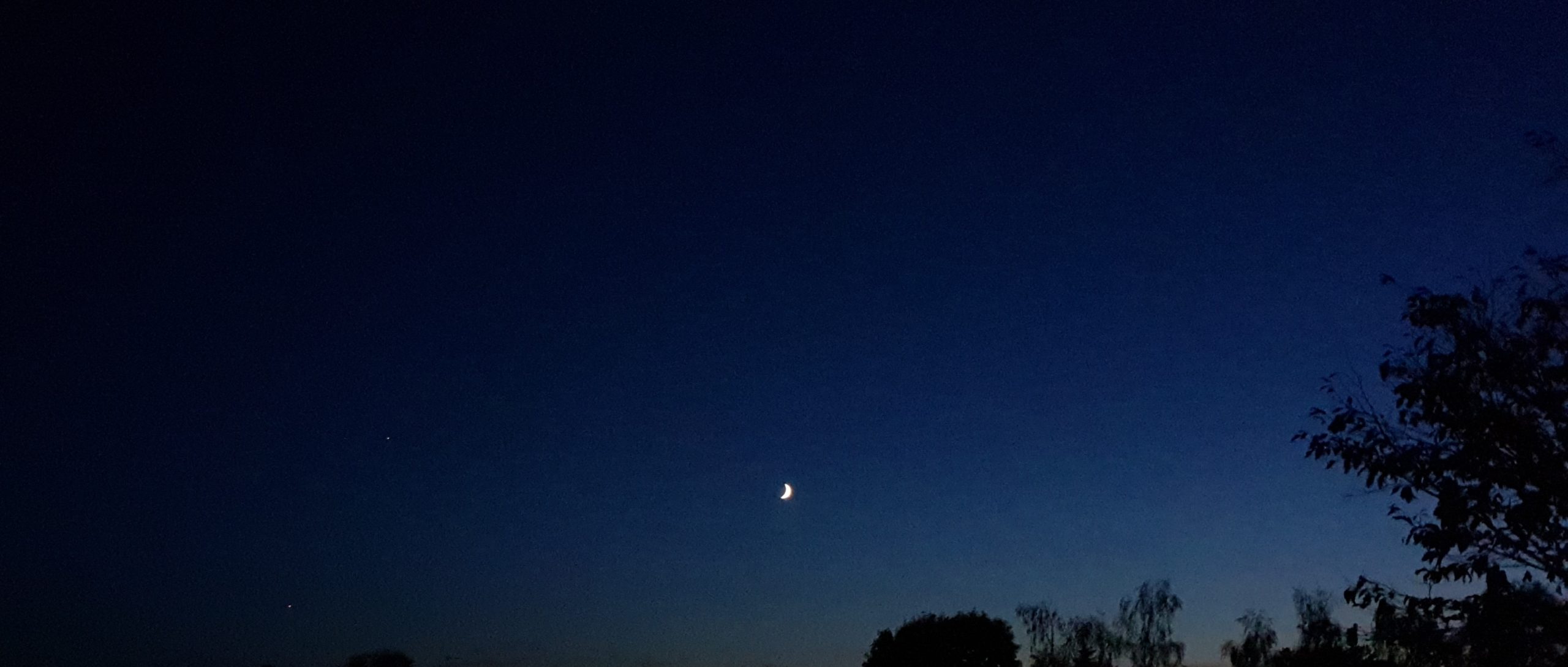The strange rites of the deep country
The following text is drawn from the papers of my late uncle Theophilus. Upon his passing in the soothing and pleasant grounds of his final residence it fell to my part to order his final words and documents, seeking among them debts to be paid or wrongs to be righted. In his prime, Theophilus had been an antiquarian of some status within the small academic community associated with Miskatonic University, and it was hoped that we could pull from his final ramblings some semblance of the clear-eyed thinker who had once contributed so much to the study of folklore. I found this task disquieting; in his last days, Theophilus had become increasingly deranged, warning of strange and blasphemous cults in the fenlands beyond the river, or of glyphs beyond the sight and comprehension of ordinary men left upon the interior of his locked room by the furtive agents of some hideous, nameless cult. It was among these brittle pages marked by his distinctive, wavering hand that I came upon the following chapter.
The inhabitants of this place had lived here long before the earliest records began, and from those antediluvian depths of time survived unchanged by the forces of modernity or evolution; the singular form of the local names borne both by the townsfolk and the long, unbroken chain of headstones in the local cemetery standing as witness to their physical and genetic isolation.
There were certain casts to their features that I did not like; something reptilian in their unblinking eyes. The town stood in a torpor of decay; unpainted houses and rotten, ruined piers, civic buildings left to the squalor and neglect of the populace. Above the bulk of the settlement on a small rise the remnants of some great ancestral home looked out over the bay, the shattered windows and crumbling roof a testament to the decadence that seen this great family fall into disrepute and nameless obscurity.
I had come to this remote place to study the local folk religion, expecting some twist upon the gaudy decoration and litanies that mark the papist church in this region. What I found was troubling. The pantheon worshipped at the altars and shrines that marked the edges of the street at six foot intervals bore little resemblance to the saints and theologians so honoured by our apostate friends, nor to the degenerate gods and daemons paid tribute by our distant ancestors, and examining the carvings it seemed to me that some madness lurked there, within the proportions and detailing of these nameless icons.
Very little of their beliefs was set down in writing, and it is likely that this isolated and ill-educated populace would be quite incapable of having explained in any significant detail the beliefs and practices that drove the hours of their days. Some small amount, however, was passed to me in the form of a brief and slanting set of hieroglyphs, curiously asymmetric and distinctive in their structure. There was nothing in this text to link the local faith to practitioners of the black arts in our wider continent, no fragment of the forbidden Eltdown Shards or the curious Pnakotic Manuscripts. The faith practiced in that unhallowed place was, for all of its abnormality, one that had taken root and festered there in the long dark beyond civilization without the influence of the world beyond the bay.
The days of the locals revolved around a series of peculiar rituals, the meaning and intent of which had long been lost to the ages, but whose observance was watched as closely as these strange beings could manage. Of these strange and abhorrent rites and litanies I will set nothing in ink and paper; it is better that the noisome chants and ululating shrieks that accompanied that bizarre and crude practice be committed to the abyss of memory with my passing. However, in the interest of furthering anthropological study I will make some brief note of the pinnacle of the ritual cycle.
At eight o’clock each Thursday the denizens of that benighted town emerged from the dark dwellings in which they spent their days to make obeisance to the greatest of their many gods; sweat sheened mounds of pallid flesh raising a clamour in praise, narrow eyes carefully noting those who failed to take part in the ritual tribute. When such a one was observed there emerged from their throats a most detestable and inhuman cry, gargling and rising from the back of the throat – the signal for this strange class to fall upon the unbeliever. The consequence of this cry ranged in my observations from simple shaming to fists and vicious beatings, all accompanied by ritual words demanding that their unnamed deity withdraw its protection from the outcast.
I did not last beyond a few days in that place. As I walked the tenebrous streets the blank faces of the worshippers raised the hairs upon my neck; there a hostility in those steady gazes that I have not felt before or since that day. Upon my my third morning, I awoke to find the door of my hostelry smeared with blood, with an unstated threat that should I not take my absence swiftly I would find myself dwelling for the rest of time at the bottom of the deep, black waters of the reef.
I found that village in the fourth month of 1900; I was glad to leave it. But it is troubling to me that the spread of the motor car and the curious decision to construct a railway line to that forsaken and insignificant place has lead to the spread of this people and their blasphemous cult through our fair land. I know now that they are watching me, and that my days run short. Soon their ages long machinations will reach their final, terrible fruition, and even now I lie awake at night dreading the first time that the alien and unknowable cry rises above the rooftops of my own town: Ia! Ia! EnnAitch’Ess fhtagn!

Photo courtesy of Tim Ellis, used under a creative commons licence
